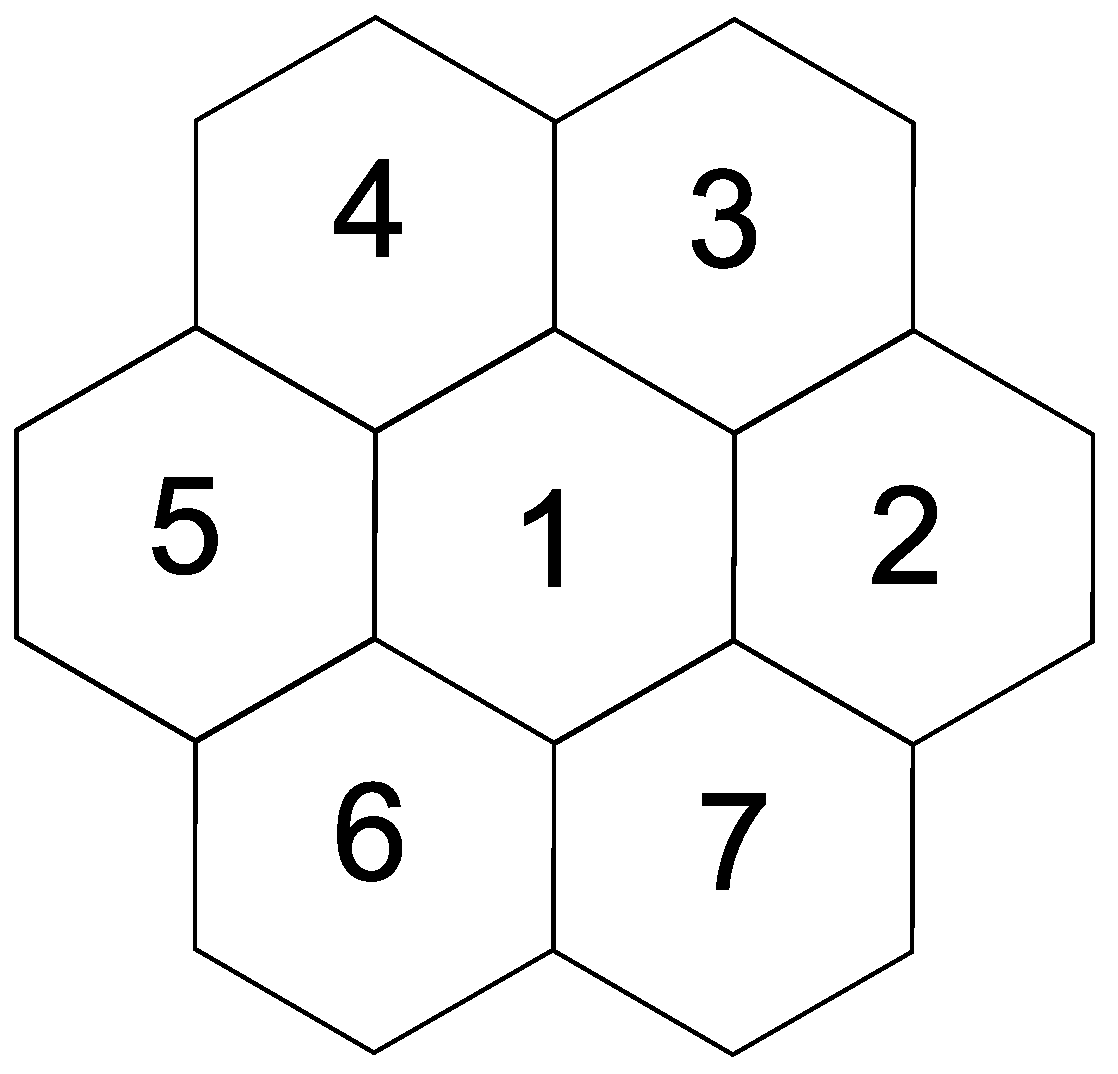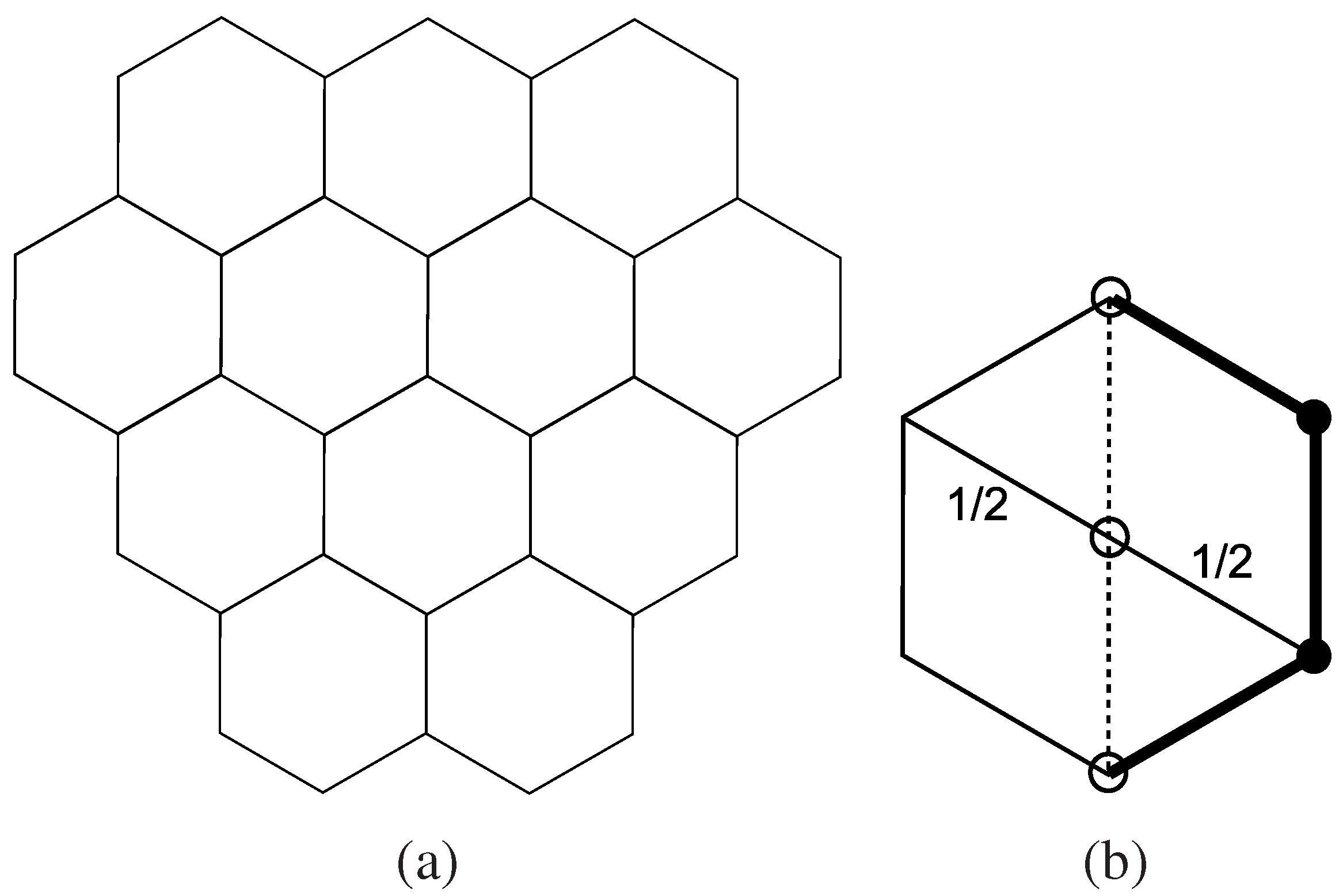
Programmable quantum systems based on Rydberg atom arrays have recently been used for hardware-efficient tests of quantum optimization algorithms with hundreds of qubits. In particular, the maximum independent set problem on so-called unit-disk graphs, was shown to be efficiently encodable in such a quantum system. Here, we extend the classes of problems that can be efficiently encoded in Rydberg arrays by constructing explicit mappings from a wide class of problems to maximum-weighted independent set problems on unit-disk graphs, with at most a quadratic overhead in the number of qubits. Under the Exponential Time Hypothesis, Long Path and Long Cycle on unit disk graphs cannot be solved in time de Berg et al., STOC 2018, hence our algorithm is optimal. We analyze several examples, including maximum-weighted independent set on graphs with arbitrary connectivity, quadratic unconstrained binary optimization problems with arbitrary or restricted connectivity, and integer factorization. We present an algorithm for the extensively studied Long Path and Long Cycle problems on unit disk graphs that runs in time. Numerical simulations on small system sizes indicate that the adiabatic time scale for solving the mapped problems is strongly correlated with that of the original problems. Our work provides a blueprint for using Rydberg atom arrays to solve a wide range of combinatorial optimization problems with arbitrary connectivity, beyond the restrictions imposed by the hardware geometry.

A CDS does not give a fault-tolerant virtual backbone network. Since the problem of finding the minimum cardinality CDS is NP-hard even for unit disk graphs 9, some studies have considered approximation algorithms. Programmable quantum systems offer unique possibilities to test the performance of various quantum optimization algorithms. It is typically assumed that the input graph is a unit disk graph, which is a natural choice for modeling a wireless network. Some of the main practical limitations in this context are often set by specific hardware restrictions. In particular, the native connectivity of the qubits for a given platform typically restricts the class of problems that can addressed. For instance, Rydberg atom arrays naturally allow encoding maximum independent set problems, but native encodings are restricted to so-called unit disk graphs. In this work we significantly expand the class of problems that can be addressed with Rydberg atom arrays, overcoming the limitations to geometric graphs. We develop a specific encoding scheme to map a variety of problems into arrangements of Rydberg atoms, including maximum weighted independent sets on graphs with arbitrary connectivity, quadratic unconstrained binary optimization problems with arbitrary or restricted connectivity, and integer factorization. 10/10/10/10/10/10/10 Implement and run the Skippy algorithm on a disk drive of your choosing. We prove that the TDS problem is NP-hard in unit disk graphs. Here we consider the TDS problem in unit disk graphs, where the objective is to find a minimum cardinality total dominating set for an input graph. Our work thus provides a blueprint for using Rydberg atom arrays to solve a wide range of combinatorial optimization problems, using technology already available in experiments. We call as a total dominating set (TDS) of if each vertex has a dominator in other than itself. MWIS representation of some example constraints. Each bit is represented by a corresponding vertex in the MWIS problem graph. The weight of the vertices is indicated by its interior color on a gray scale. For each example, the degenerate MWIS configurations are shown by identifying vertices in a MWIS with a red boundary. 77C9F799 iGraph in action: performance analysis of disk-based graph. The MWISs correspond to the satisfying assignments to the corresponding constraint-satisfaction problem. 7CC4C408 ATLAS: a probabilistic algorithm for high dimensional similarity search. The former observation is used to develop a 1 2-approximation algorithm for the maximum 2-clique problem in unit disk graphs.

(b) MWIS representation of n 1 n 2 = 0, with the third, unlabeled vertex being an ancillary vertex. It is shown that in a unit disk graph any 2-clique is 4-dominated and any 2-club is 3-dominated.


 0 kommentar(er)
0 kommentar(er)
